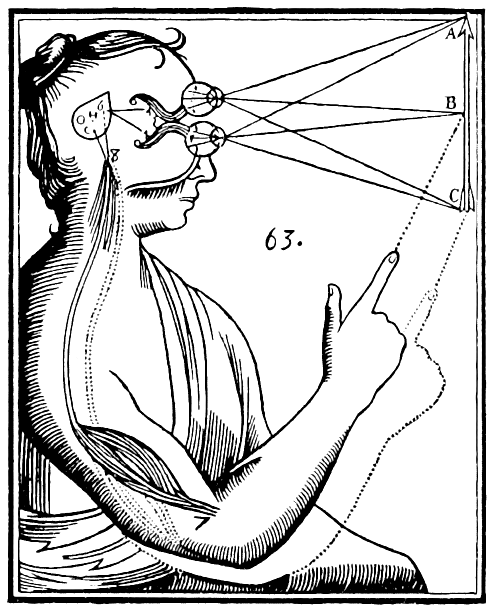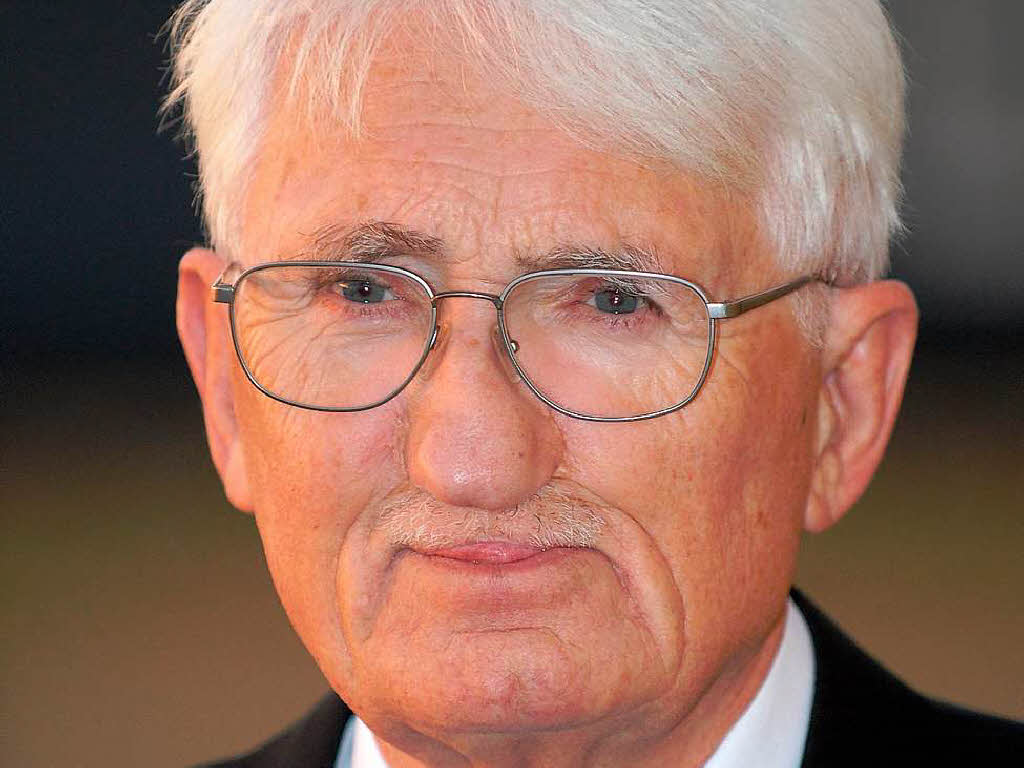This is an article from the April 2009 issue of JAMA's Archives of General Psychiatry - it's one of the rare open source articles published by JAMA.
Wisdom is an idea we talk about a lot - and I am sure most of us would like to feel we have more of it than we currently do. But what is wisdom? Is there an accepted definition that we can then create an assessment to measure for in others?
The authors do offer a collection of traits associated with wisdom in this slide:
It's an interesting article - and it can be downloaded as a PDF.
Neurobiology of Wisdom: A Literature Overview
Arch Gen Psychiatry. 2009;66(4):355-365.
Original Article | April 2009
ABSTRACT
Context Wisdom is a unique psychological trait noted since antiquity, long discussed in humanities disciplines, recently operationalized by psychology and sociology researchers, but largely unexamined in psychiatry or biology.
Objective To discuss recent neurobiological studies related to subcomponents of wisdom identified from several published definitions/descriptions of wisdom by clinical investigators in the field, ie, prosocial attitudes/behaviors, social decision making/pragmatic knowledge of life, emotional homeostasis, reflection/self-understanding, value relativism/tolerance, and acknowledgment of and dealing effectively with uncertainty.
Data Sources Literature focusing primarily on neuroimaging/brain localization and secondarily on neurotransmitters, including their genetic determinants.
Study Selection Studies involving functional neuroimaging or neurotransmitter functioning, examining human (rather than animal) subjects, and identified via a PubMed search using keywords from any of the 6 proposed subcomponents of wisdom were included.
Data Extraction Studies were reviewed by both of us, and data considered to be potentially relevant to the neurobiology of wisdom were extracted.
Data Synthesis Functional neuroimaging permits exploration of neural correlates of complex psychological attributes such as those proposed to comprise wisdom. The prefrontal cortex figures prominently in several wisdom subcomponents (eg, emotional regulation, decision making, value relativism), primarily via top-down regulation of limbic and striatal regions. The lateral prefrontal cortex facilitates calculated, reason-based decision making, whereas the medial prefrontal cortex is implicated in emotional valence and prosocial attitudes/behaviors. Reward neurocircuitry (ventral striatum, nucleus accumbens) also appears important for promoting prosocial attitudes/behaviors. Monoaminergic activity (especially dopaminergic and serotonergic), influenced by several genetic polymorphisms, is critical to certain subcomponents of wisdom such as emotional regulation (including impulse control), decision making, and prosocial behaviors.
Conclusions We have proposed a speculative model of the neurobiology of wisdom involving frontostriatal and frontolimbic circuits and monoaminergic pathways. Wisdom may involve optimal balance between functions of phylogenetically more primitive brain regions (limbic system) and newer ones (prefrontal cortex). Limitations of the putative model are stressed. It is hoped that this review will stimulate further research in characterization, assessment, neurobiology, and interventions related to wisdom.
Our suggested model of the neurobiology of wisdom raises a conceptual issue. How can our holistic concept of wisdom as a distinct trait, which is consistent with the unified theory of mind,130 be compatible with the reductionism implicit in the relationship between individual brain regions and specific mental functions hypothesized in the neuroimaging research reviewed earlier? We believe that these 2 perspectives can coexist, just as Takahashi and Overton5 have sought to integrate the analytic and synthetic models of wisdom. Examining functional divisions in the brain via fMRI and similar methods is potentially valuable. For example, Jung and Haier131 recently reviewed neuroimaging studies relevant to human intelligence and reasoning. They concluded that there are several distinct brain regions that contribute to intelligence and reasoning and that the coordination among these regions appears to follow a pattern they termed parieto-frontal integration. As expected, there is partial overlap in the brain regions (eg, ACC, DLPFC) implicated in their review and ours. Nonetheless, there are several important characteristics in which wisdom differs from intelligence and reasoning in that it also includes domains such as practical application of knowledge, use of knowledge for the common social good, and integration of affect and knowledge.12 ,132 Brain regions putatively involved in wisdom that were not prominent in the review of intelligence and reasoning131 include limbic cortex, MPFC, and striatum. Although there is general agreement regarding important functional divisions within the brain, the nature of these divisions is almost assuredly oversimplified and will undergo continual revisions.5 The same would apply to specific subcomponents of wisdom.
The possible neurochemical and genetic contributions to wisdom (Table 1) are related to many of those identified in psychopathology. The fact that monoaminergic functioning is related to stress reactivity and emotional homeostasis is not surprising. The possible roles of oxytocin and vasopressin in prosocial behaviors demonstrate the importance of examining nontraditional neurotransmitters.
Empirical research on wisdom is in its infancy. There are several potentially valuable lines of research that may be suggested.
Wisdom warrants scientific study with the same rigorous methods that we demand in investigations on various forms of psychopathology. At the same time, progress in such research will require maintaining the wisdom to recognize the limits of available scientific methods.










